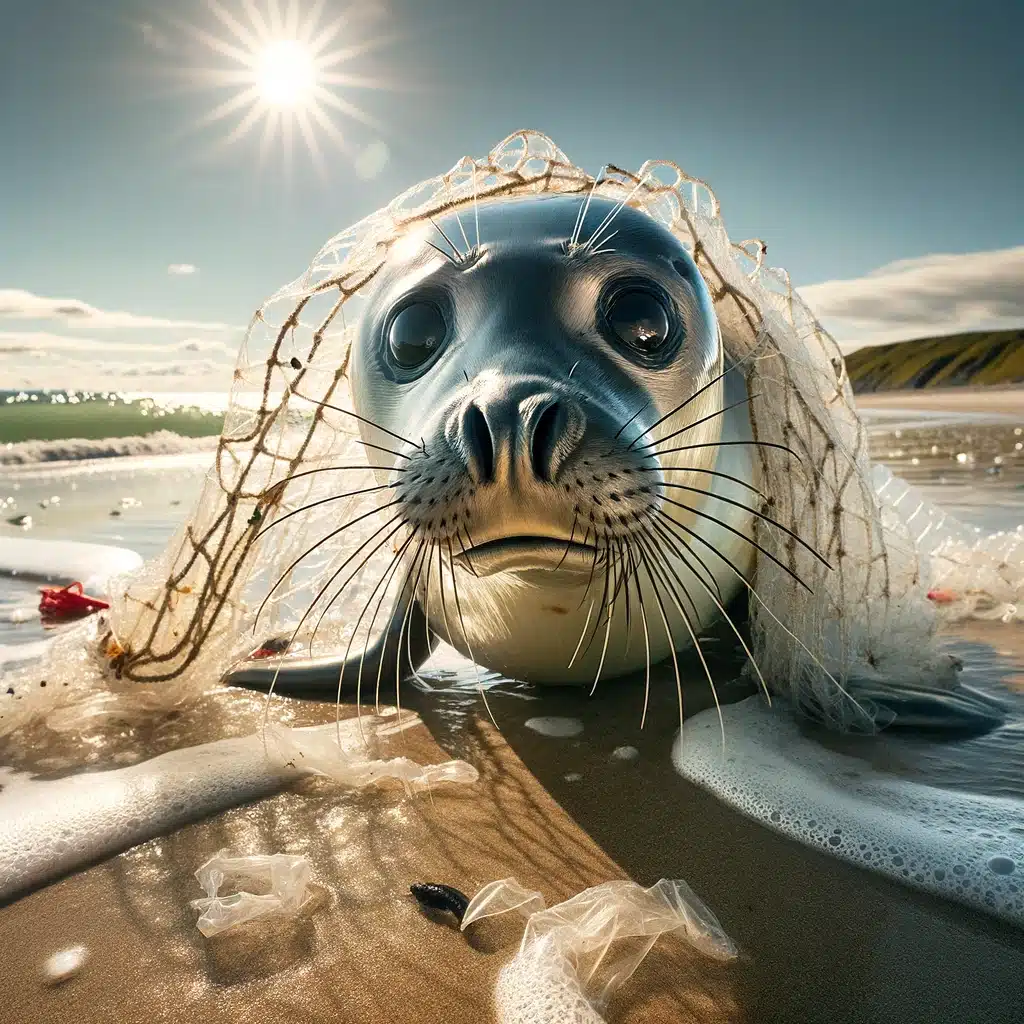The South Gare lifeboat station, once a hub for maritime rescue operations, is poised to become the Teesmouth Seal Rescue Centre. This initiative represents a crucial step towards conserving and rehabilitating seals, a species that faces numerous threats in today’s environment.
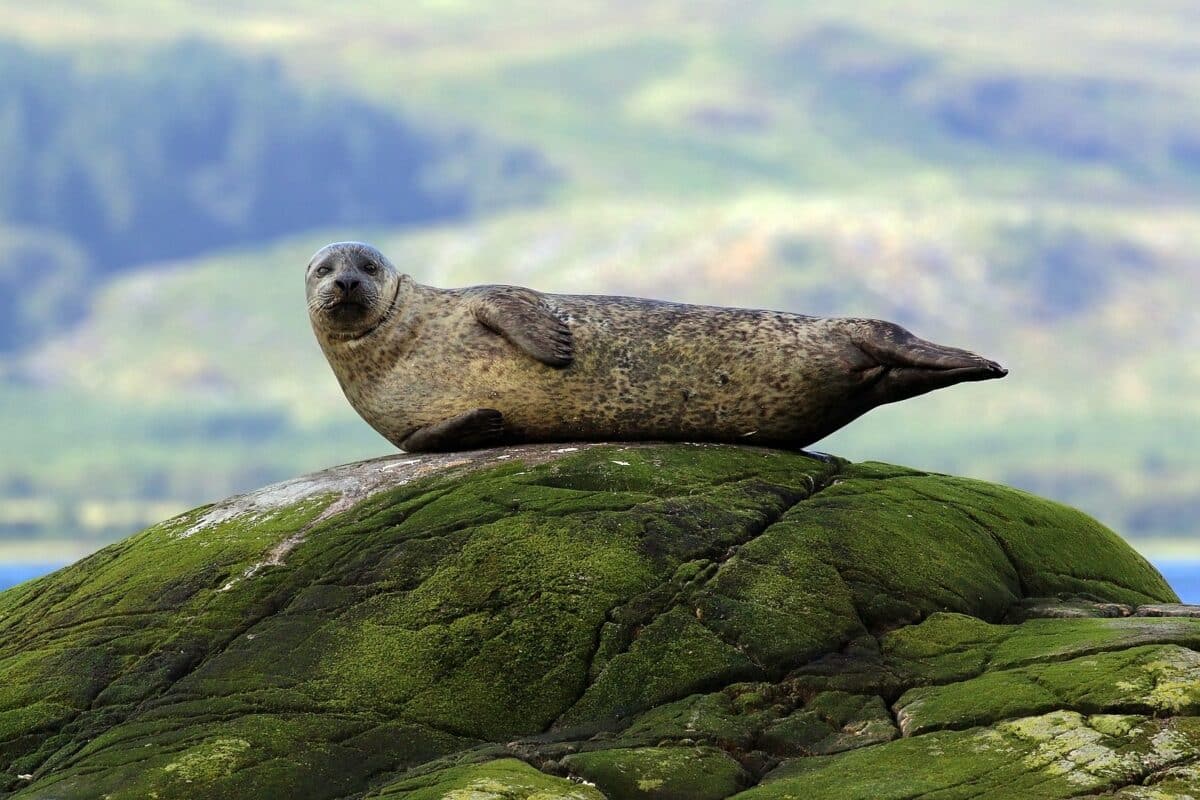
A New Purpose for an Old Structure
The decision to convert the South Gare lifeboat station into a seal rescue center is a testament to the innovative use of existing structures for environmental conservation. The lifeboat station, which has served its purpose in saving human lives, will now extend its mission to save marine lives. This transformation is about changing the physical space and repurposing the station’s legacy of rescue and protection.
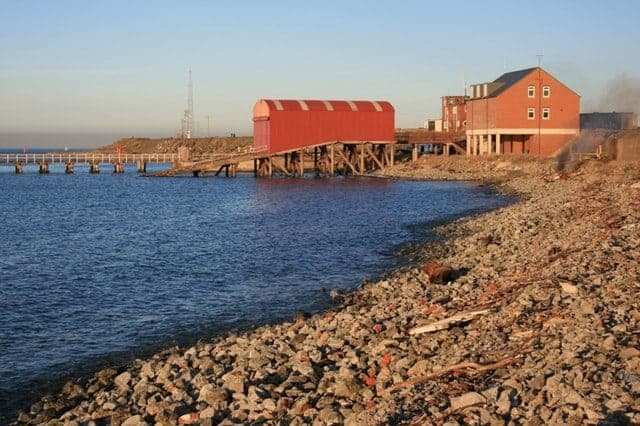
The Plight of Seals
Seals, particularly harbor seals, are increasingly vulnerable due to various environmental threats. These marine mammals are affected by habitat loss, climate change, and especially plastic pollution. Plastics in the ocean pose a significant risk to seals, leading to entanglement, ingestion, and, ultimately, a threat to their survival. The establishment of the Teesmouth Seal Rescue Centre is a critical step in addressing these challenges, providing a dedicated space for the care and rehabilitation of injured or sick seals.
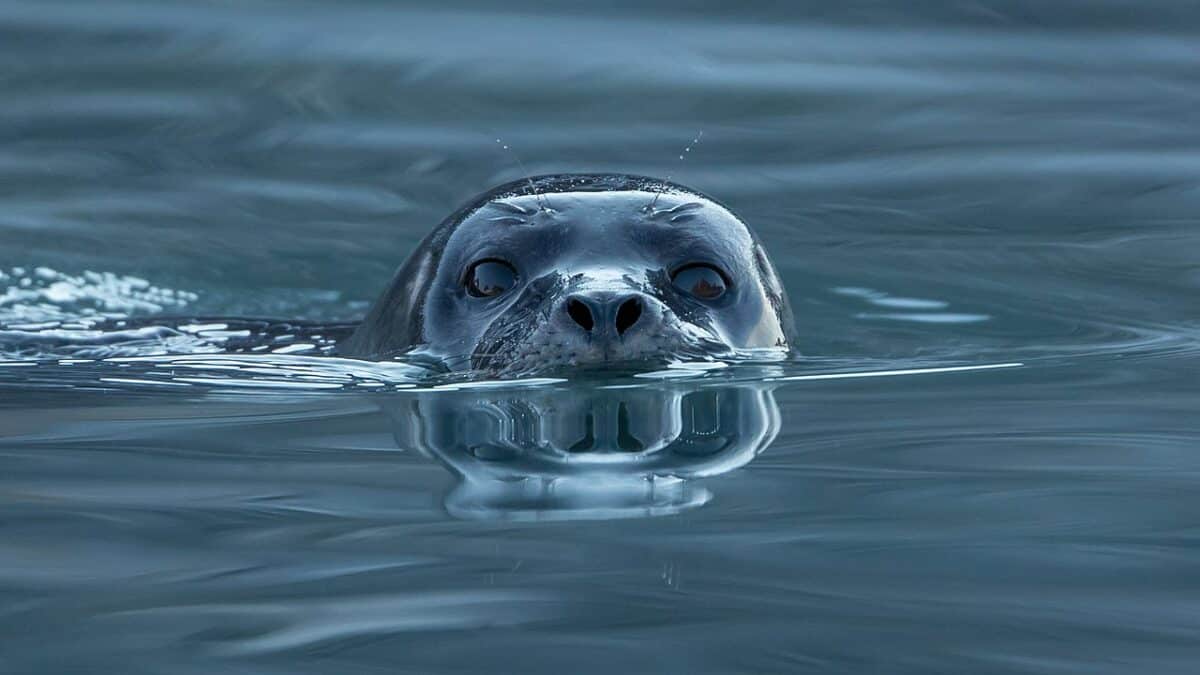
The Role of the Teesmouth Seal Rescue Centre
The Teesmouth Seal Rescue Centre will serve multiple functions in the conservation efforts for seals. Key activities will include:
- Rescue Operations: The center will be equipped to carry out rescue missions for seals found in distress along the coastline.
- Rehabilitation Services: It will provide medical care and rehabilitation for seals, ensuring they are healthy and strong enough to return to their natural habitat.
- Conservation Education: The center will also play a role in educating the public about the importance of seal conservation and the threats they face, promoting more responsible behavior towards marine environments.
- Research and Monitoring: By monitoring the health and numbers of the seal population, the center will contribute valuable data to ongoing research on marine conservation.
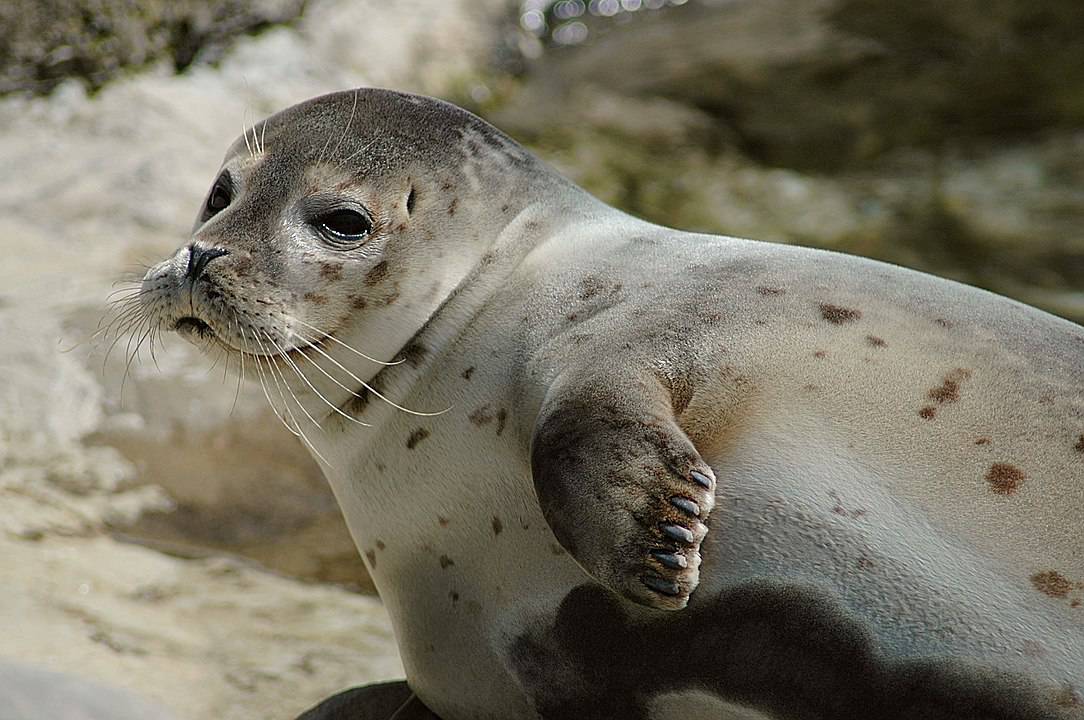
Community and Environmental Impact
The transformation of the lifeboat station into a seal rescue center is expected to positively impact the local community and the environment. By engaging the community in conservation efforts, the center will foster a sense of stewardship for the natural world.

A Call to Action
The establishment of the Teesmouth Seal Rescue Centre is a call to action for all of us. It reminds us of the urgent need to address marine life’s environmental challenges. By supporting such initiatives, whether through volunteering, donations, or simply spreading awareness, we can all play a part in protecting our planet’s precious wildlife.
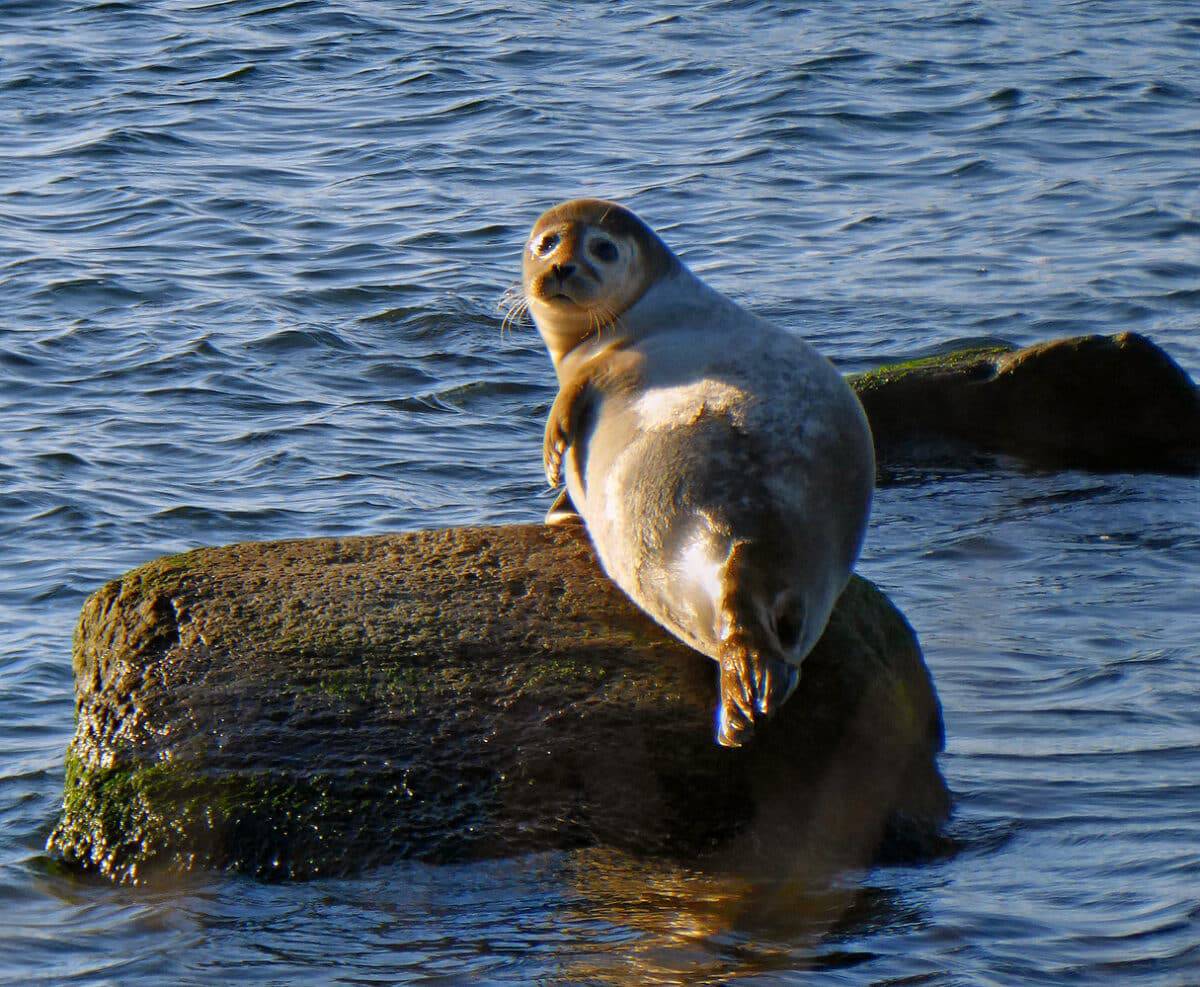
You might also enjoy:
Niel the Seal Breaks into Tasmanian Locals’ Garage
Shark Rams Into Kayaker Twice During Seal Hunt
Battle Beneath The Ice: Penguin Evades Seal In Antarctic Waters
Rare Sighting: Cape Fur Seal Eats Thresher Shark in Cape Town.
Join our Forum for free today!

- The Bond Between a Wild Baby Bison and Her Rescuer - July 20, 2024
- An Excited Husky’s First Ever Time in Snow - July 20, 2024
- Top 20 Colorful Species To Brighten Your Day - July 14, 2024

